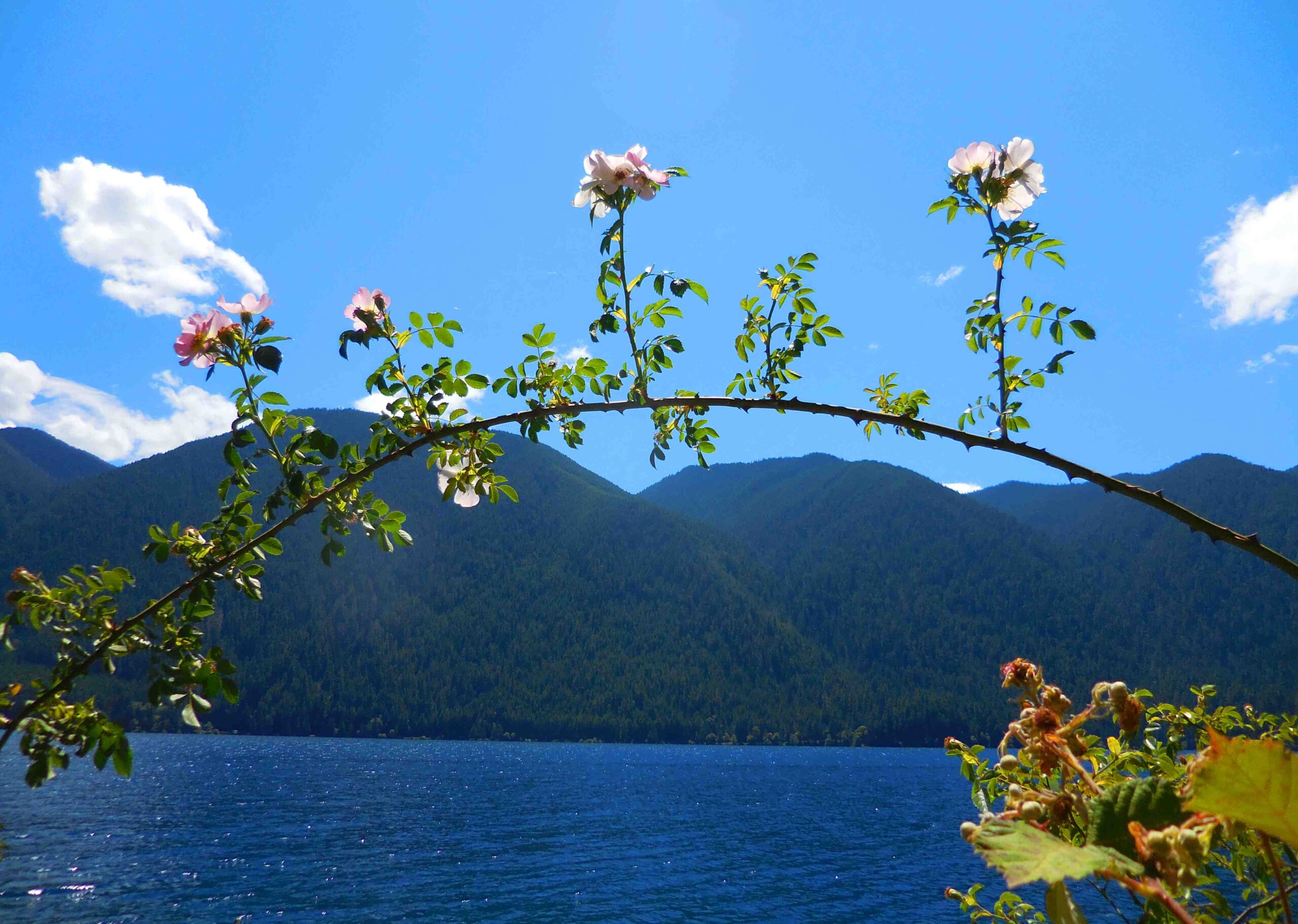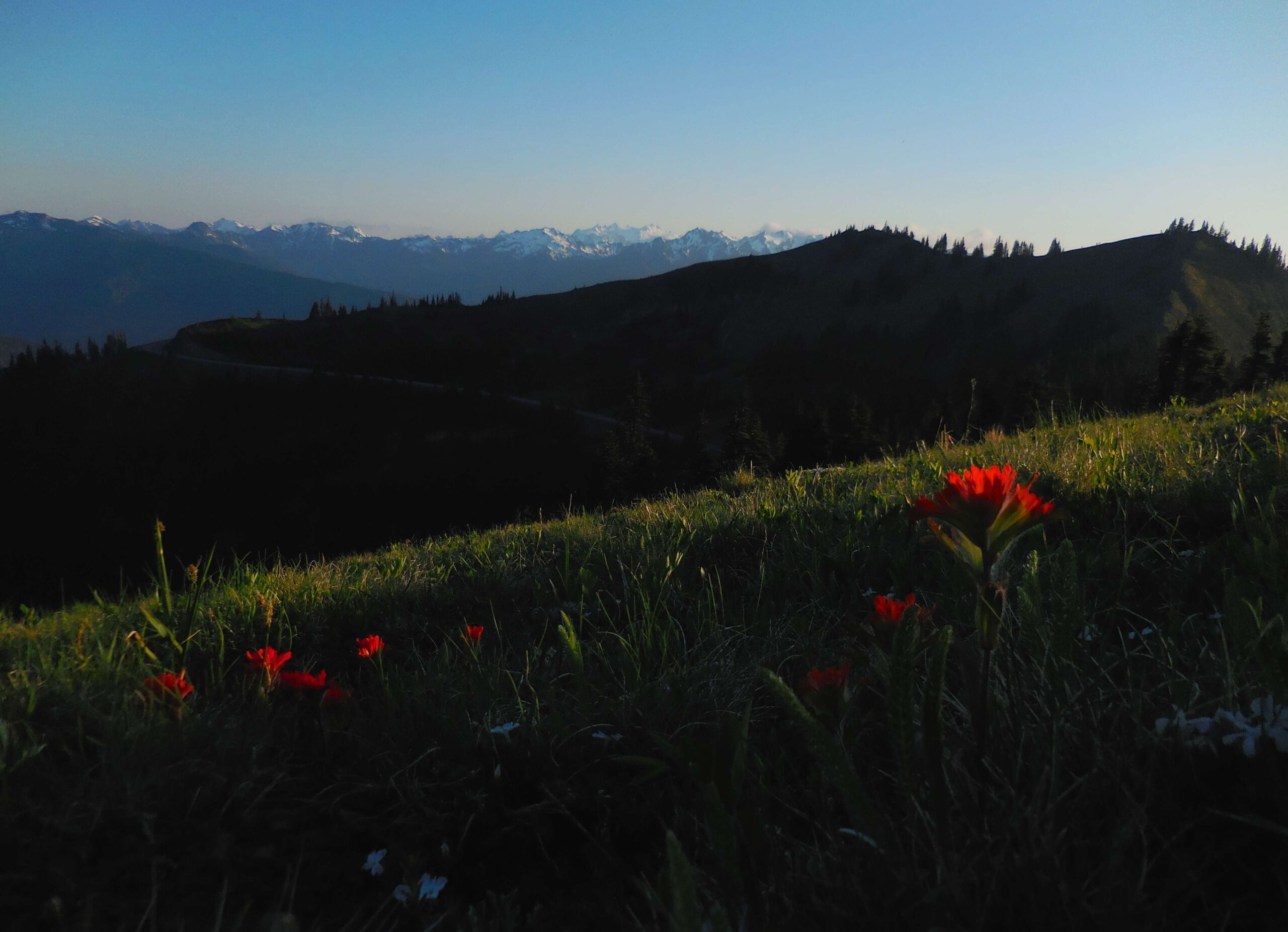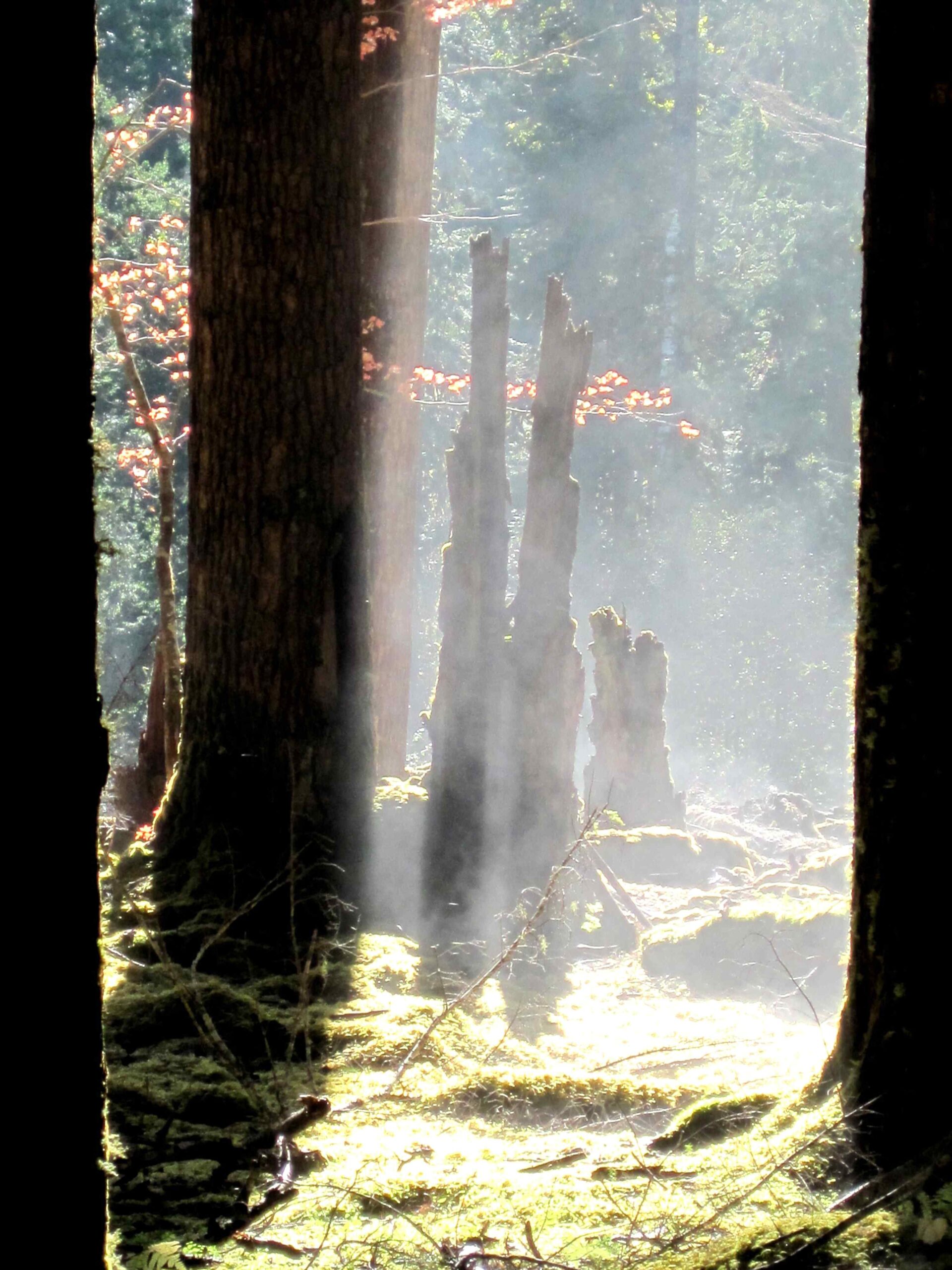Olympic National Park offers diverse cycling experiences, from mountain biking trails to scenic paved routes. The park’s unique landscape provides opportunities for riders of all skill levels to explore lush forests, coastal cliffs, and panoramic vistas. With over 130 miles of the Olympic Discovery Trail and numerous mountain biking paths, cyclists can immerse themselves in the park’s natural beauty while enjoying a range of terrains and challenges.
What Are the Top-Rated Cycling Trails in Olympic National Park?

Olympic National Park boasts an array of cycling trails catering to various preferences and skill levels. Here’s a breakdown of some of the most popular routes:
Mountain Biking Trails
- Mt. Muller Trail #882
- Location: Forks area
- Distance: Varies (part of a larger network)
- Terrain: Mixed, including forests and panoramic vistas
-
Difficulty: Intermediate to advanced
-
Dry Hill Mountain Bike Park
- Distance: 15 miles across 24 trails
- Terrain: Semi-packed mountain terrain, ferny forested paths, and open meadows
- Difficulty: Varies from green (newbie) to black diamond (advanced)
-
Notable Features: Jumps, rockier terrain, clear valley views
-
Striped Peak Trail
- Distance: 7.5 mile loop with extra legs
- Terrain: Coastal cliffs, cedar and hemlock woodlands
- Difficulty: Intermediate
-
Notable Features: Salish Sea views, tide pooling, WWII bunker
-
Foothill Mountain Bike Trails
- Distance: 11 miles across 14 trails
- Terrain: Working forest with well-packed terrain
- Difficulty: Varies, suitable for all seasons
- Notable Features: Vistas of Port Angeles and the Strait of Juan de Fuca
Paved and Gravel Trails
- Olympic Discovery Trail (ODT)
- Distance: Over 130 miles from Port Townsend to La Push
- Terrain: Combination of bike paths and roadways
- Difficulty: Easy to intermediate
-
Notable Features: Scenic Crescent Lake, Devil’s Punchbowl, beaches, creek crossings
-
Spruce Railroad Trail
- Distance: Approximately 4 miles
- Terrain: Mostly paved surfaces
- Difficulty: Easy, universally accessible
- Notable Features: Scenic section of Lake Crescent, Devil’s Punchbowl
What Are the Detailed Bike Ride Routes in Olympic National Park?

For those looking to plan their cycling adventures, here are two popular routes with detailed information:
Olympic Discovery Trail
- Starting Point: Various trailheads along the route (e.g., Port Angeles, Sequim)
- Estimated Ride Time: Varies by section (Port Angeles to Sequim: 2-4 hours)
- Elevation Changes: Generally flat to moderate
- Notable Landmarks:
- Crescent Lake
- Devil’s Punchbowl
- Ediz Hook
- Beaches
- Creek crossings
- Lavender farms
Sol Duc Valley Ride
- Starting Point: Trailhead near the entrance road into Sol Duc Valley
- Estimated Ride Time: 2-3 hours for the 12-mile round trip
- Elevation Changes: Mostly flat
- Notable Landmarks:
- Sol Duc River
- Sol Duc Falls
- Sol Duc Hot Springs Resort
Where Are the Best Cycling Spots for Scenic Views and Photo Opportunities?
Olympic National Park offers numerous picturesque locations for cyclists. Here are some top spots:
- Ediz Hook
- GPS Coordinates: 48.1333° N, 123.4333° W
- Accessibility: Easy access from downtown Port Angeles
-
Notable Views: Olympic Mountains, Mt. Baker, Victoria (BC), whale sightings
-
Crescent Lake
- GPS Coordinates: 48.0667° N, 123.8167° W
- Accessibility: Part of the Olympic Discovery Trail
-
Notable Views: Scenic lake vistas, Devil’s Punchbowl
-
Striped Peak Trail
- GPS Coordinates: 48.1167° N, 123.7333° W
- Accessibility: Located within Salt Creek Recreation Area
- Notable Views: Coastal cliffs, Salish Sea, remote cove
What Are the Essential Bike Ride Safety Tips for Olympic National Park?
Ensuring a safe cycling experience in Olympic National Park is crucial. Here are some important safety tips:
Local Regulations
- Share trails with other users (hikers, horses)
- Keep dogs leashed for safety and trail etiquette
Recommended Gear
- Helmets and protective gear (especially for mountain biking)
- Water, snacks, and first aid kit
- Use caution on Forest Service roads and narrow highways
Emergency Preparedness
- Carry a cell phone or other communication device
- Know the nearest emergency services and trailhead locations
- Inform someone of your ride plan and estimated return time
How Can Cyclists Prepare for Different Terrains in Olympic National Park?
Olympic National Park offers diverse terrains, from paved roads to challenging mountain trails. Here’s how to prepare:
- Paved Roads
- Use road or hybrid bikes
- Bring spare tubes and a pump
-
Wear bright, reflective clothing
-
Gravel Trails
- Consider using gravel-specific or mountain bikes
- Opt for wider tires with good traction
-
Bring a basic tool kit for minor repairs
-
Mountain Trails
- Use a full-suspension mountain bike
- Wear protective gear (helmet, knee pads, gloves)
- Bring a comprehensive repair kit and first aid supplies
What Are the Best Seasons for Cycling in Olympic National Park?
Each season in Olympic National Park offers unique cycling experiences:
| Season | Pros | Cons | Best Trails |
|---|---|---|---|
| Spring | Wildflowers, moderate temperatures | Occasional rain, some trail closures | Olympic Discovery Trail, Spruce Railroad Trail |
| Summer | Long daylight hours, dry conditions | Crowded trails, hot temperatures | Mt. Muller Trail, Dry Hill Mountain Bike Park |
| Fall | Beautiful foliage, fewer crowds | Shorter days, cooler temperatures | Striped Peak Trail, Foothill Mountain Bike Trails |
| Winter | Serene landscapes, fewer visitors | Limited trail access, cold weather | Lower elevation sections of Olympic Discovery Trail |
How Can Cyclists Minimize Their Environmental Impact in Olympic National Park?
Responsible cycling is crucial for preserving Olympic National Park’s ecosystem:
- Stay on designated trails to prevent erosion and protect vegetation
- Pack out all trash and follow Leave No Trace principles
- Avoid disturbing wildlife and maintain a safe distance
- Use biodegradable soaps and sunscreens to minimize water pollution
- Support local conservation efforts and follow park regulations
By following these guidelines, cyclists can enjoy the park while helping to protect its natural beauty for future generations.
References:
- https://www.fs.usda.gov/activity/olympic/recreation/bicycling/?recid=47687&actid=24
- https://olympicpeninsula.org/cycling-around-port-angeles/
- https://www.visitportangeles.com/best-mountain-biking-trails-near-olympic-national-park/

